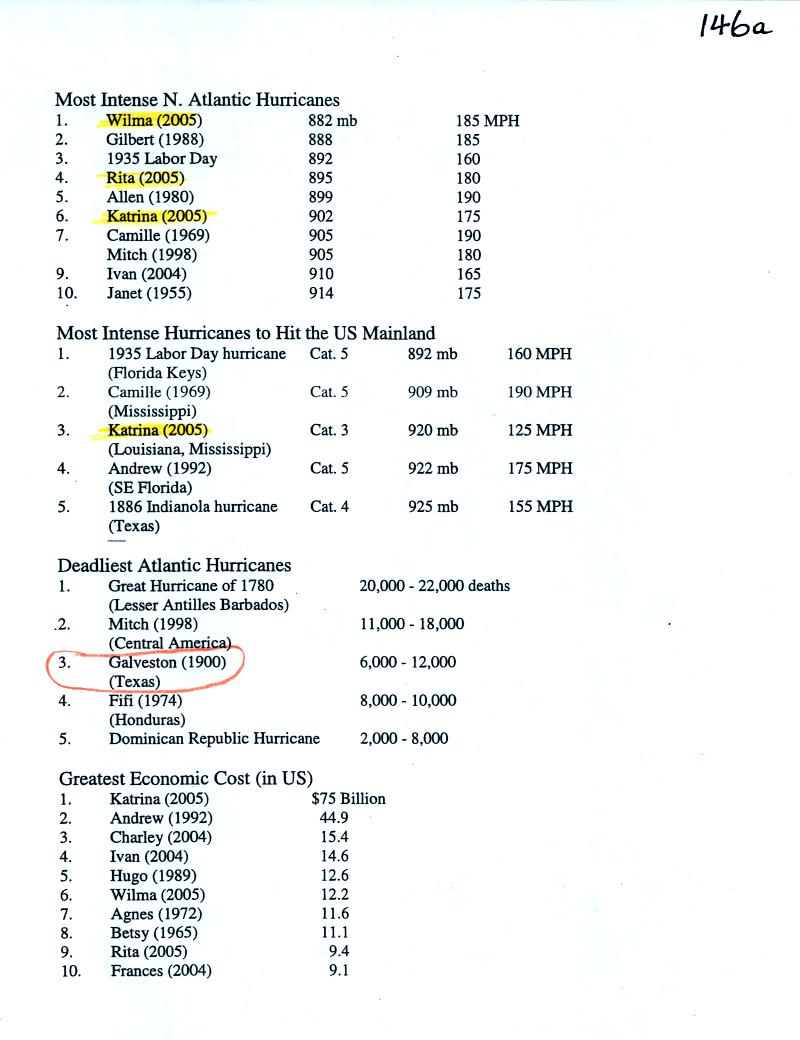This is a summary of the steps
leading up to hurricane formation.
First some sort of weather process will cause surface winds to converge
and form a cluster of thunderstorms. Cloud formation
warms the air. High pressure forms at the top of the hurricane
and the upper level winds
begin to diverge. The diverging winds
lower the surface pressure at the bottom center of the storm.
Surface winds spiral in toward the surface low pressure.







